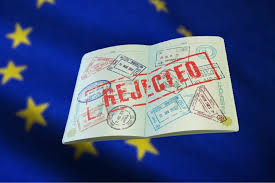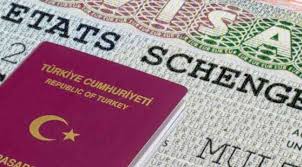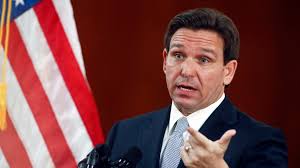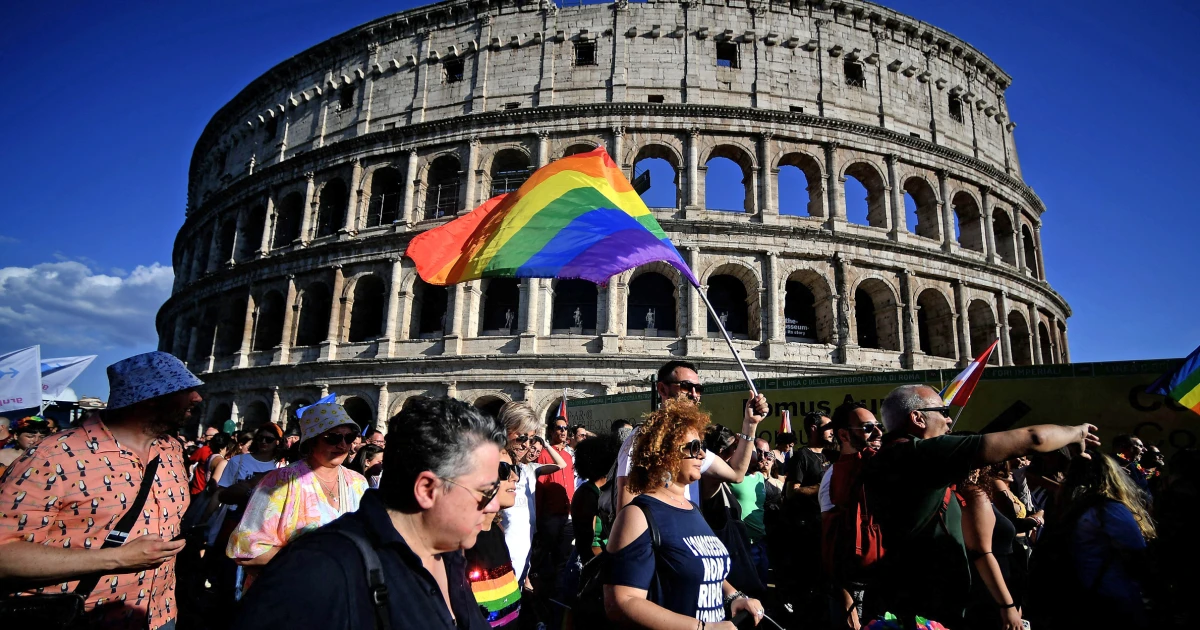In 2024, a seemingly routine statistic about Schengen visa rejections for Indian applicants ignited a firestorm of discussions across social media, policy circles, and global media. The revelation that one in six Indian Schengen visa applications was rejected—totaling 165,266 rejections out of 1.1 million applications—prompted debates about fairness, global mobility, and systemic biases in visa policies. This article delves into the intricacies of this statistic, exploring its implications, the underlying factors, and the broader conversations it sparked. By examining data, historical context, expert opinions, and societal reactions, we uncover the hidden truths behind this issue and its far-reaching impact on Indian travelers, global diplomacy, and immigration policies.
1. The Schengen Visa Landscape in 2024: A Snapshot
The Schengen Area, comprising 26 European countries that allow seamless travel across borders, is a coveted destination for millions worldwide. For Indian applicants, securing a Schengen visa is a gateway to tourism, business, education, and family reunions. According to the European Commission’s data released on May 16, 2025, India ranked as the third-largest source of Schengen visa applications in 2024, submitting 1.1 million requests. Of these, 936,748 were approved, yielding an approval rate of 84.5%, while 165,266 were rejected, resulting in a 15% rejection rate.
Globally, 11.7 million uniform Schengen visa applications were filed in 2024, with a rejection rate of 14.8%. While India’s rejection rate was slightly above the global average, it was notably higher than countries like China (4.6%) and Saudi Arabia (5.9%) but lower than Algeria (35%) and Bangladesh (54.9%). These figures highlight the disparities in visa approval processes and raise questions about the factors influencing rejections.
1.1. Breaking Down India’s Schengen Visa Statistics
Of the approved Indian applications, 63% received multiple-entry visas (MEVs), allowing holders to travel in and out of the Schengen Area multiple times within the visa’s validity period. This was a significant figure, though lower than countries like Saudi Arabia, where 92% of successful applicants received MEVs. The data also revealed that France was the top destination for Indian applicants, processing 197,959 applications, followed by Spain and Germany.
France, handling 3.07 million applications globally, led in both approvals (2.54 million) and rejections (481,139), with a rejection rate of 15.8%. Spain and Germany followed with rejection rates of 15.7% and 13.7%, respectively. These variations suggest that individual Schengen countries apply different levels of scrutiny, influenced by diplomatic relations, economic considerations, and internal policies.
1.2. The Initial Spark: Why the Statistic Mattered
The announcement of India’s 15% rejection rate triggered immediate reactions. For many Indian applicants, a Schengen visa represents more than just a travel document—it symbolizes access to global opportunities and cultural exchange. The high rejection rate was perceived by some as a barrier to India’s growing global presence, sparking debates about fairness and equity in international mobility. Social media platforms, particularly X, became a battleground for opinions, with hashtags like #SchengenVisa and #TravelFairness trending as users shared personal stories of rejections and successes.
One X user wrote:
“A 15% rejection rate for Indian Schengen visas feels like a slap in the face. We’re a global economic power, yet treated like second-class travelers.”Conversely, others argued that visa policies are a sovereign right of nations, with one user stating:
“Rejections happen everywhere. Schengen countries have their reasons—security, documentation, or capacity. It’s not personal.”
2. From Statistic to Storm: The Role of Social Media
The Schengen visa rejection statistic quickly transcended data points, evolving into a broader conversation about global inequality, post-colonial dynamics, and the challenges faced by Indian travelers. Social media amplified these discussions, turning a bureaucratic issue into a cultural and political lightning rod.
2.1. The Polarization Effect
Social media platforms like X and Instagram played a pivotal role in shaping public perception. The polarized nature of online discourse meant that opinions were often divided into two camps: those who viewed the rejection rate as discriminatory and those who saw it as a necessary part of immigration control. Hashtags like #VisaInequality and #SchengenFairness emerged, with users sharing anecdotes of lengthy application processes, arbitrary rejections, and financial losses.
A 2023 study by the Pew Research Center on social media polarization noted that platforms often amplify extreme viewpoints, creating echo chambers that intensify debates. In this case, stories of rejected visa applications—often accompanied by emotional narratives—gained traction, fueling perceptions of systemic bias. For instance, a viral post recounted a student’s rejection despite providing extensive documentation, prompting thousands of retweets and comments decrying the process as opaque and unfair.
2.2. Fact-Checking and Misinformation
As the debate grew, misinformation began to circulate. Some claimed that Schengen countries were deliberately targeting Indian applicants due to geopolitical tensions or economic competition. Others speculated that rejections were linked to India’s growing population or specific consulates’ biases. Fact-checking organizations, such as Alt News, debunked several of these claims, confirming that rejections were primarily based on incomplete documentation, insufficient financial proof, or unclear travel purposes.
One fact-checked rumor suggested that France’s high rejection rate for Indian applicants was due to strained India-France relations. Investigations revealed no evidence to support this, with rejections largely attributed to procedural issues. This highlighted the importance of verifying information in an era where social media can distort perceptions and escalate tensions.
3. Cultural and Historical Context: Why Rejections Resonate
The Schengen visa rejection debate tapped into deeper cultural and historical sensitivities. For many Indians, the visa process evokes memories of colonial-era restrictions on mobility, where access to Western nations was tightly controlled. The perception of being scrutinized or unfairly rejected reinforces feelings of exclusion in a globalized world.
3.1. The Post-Colonial Lens
India’s history as a former British colony shapes its citizens’ interactions with global systems. Scholars like Dr. Ananya Chakravarti, a historian at Georgetown University, argue that visa policies often reflect post-colonial power dynamics, where citizens of former colonies face greater scrutiny than those from wealthier nations. The fact that countries like the UK and Thailand had rejection rates below 7% while Bangladesh and Pakistan faced rates above 47% underscores this disparity.
This historical context fueled online discussions, with many pointing out that Indian applicants, despite contributing significantly to global economies, face disproportionate hurdles. The sentiment was encapsulated in a widely shared post:
“Our IT professionals power Europe’s tech industry, yet we’re rejected for a tourist visa. This is modern-day gatekeeping.”
3.2. Economic and Social Implications
The high rejection rate has tangible consequences. Applicants often spend thousands of rupees on fees, travel insurance, and documentation, only to face rejection without clear explanations. A 2024 report by the Indian Ministry of External Affairs estimated that Indian applicants spent over ₹500 crore on Schengen visa applications in 2024, with rejected applicants losing a significant portion of this amount.
Moreover, rejections impact India’s soft power. As a growing economic and cultural force, India seeks to project itself as a global leader. However, visa barriers can undermine this image, discouraging tourism, business collaborations, and educational exchanges. Experts like Dr. Shashi Tharoor, a Congress MP and former diplomat, have called for reciprocal visa policies, arguing that India should leverage its economic clout to negotiate better terms with Schengen countries.
4. The Schengen Visa Process: What’s Behind the Rejections?
Understanding the reasons for rejections requires a closer look at the Schengen visa process. A Schengen visa allows non-EU nationals to stay in the Schengen Area for up to 90 days within a 180-day period for purposes like tourism, business, or family visits. Applicants must provide extensive documentation, including proof of financial stability, travel insurance, and a clear itinerary.
4.1. Common Reasons for Rejection
According to immigration experts, the most common reasons for Schengen visa rejections include:
- Incomplete Documentation: Missing or inconsistent documents, such as bank statements or invitation letters, are a leading cause.
- Insufficient Financial Proof: Applicants must demonstrate sufficient funds to cover their stay, typically €50–100 per day.
- Unclear Travel Purpose: Vague or unconvincing reasons for travel can lead to rejections.
- Overstay Risk: Consulates may reject applicants suspected of intending to overstay their visa.
A 2024 analysis by SchengenVisaInfo.com found that Indian applicants often struggled with financial proof, as informal income sources common in India are harder to document. Additionally, the subjective nature of “overstay risk” assessments can lead to inconsistent decisions, fueling perceptions of unfairness.
4.2. Country-Specific Variations
The data shows significant variations in rejection rates across Schengen countries. Malta, Belgium, and Sweden had the highest rejection rates by consulate, while countries like Iceland and Luxembourg had lower rates. These differences stem from varying consular priorities, staffing levels, and bilateral relations. For instance, France’s high rejection rate may reflect its large volume of applications, which strains consular resources.
5. The Global Conversation: Beyond India
The Schengen visa rejection debate is not unique to India. Countries like Bangladesh (54.9% rejection rate), Pakistan (47.5%), and Senegal (46.8%) face even higher barriers. This has sparked a global conversation about reforming visa systems to ensure fairness and transparency.
5.1. Calls for Reform
Experts and policymakers have proposed several reforms, including:
- Streamlined Processes: Simplifying documentation requirements and offering clearer guidelines.
- Digital Platforms: Implementing online portals for real-time application tracking.
- Reciprocal Policies: Encouraging mutual visa facilitation agreements between Schengen countries and high-application nations like India.
In a 2025 op-ed, Dr. Tharoor emphasized the need for dialogue:
“Visa policies must evolve to reflect the realities of a multipolar world. India deserves a seat at the table in shaping global mobility.”
5.2. The Role of Diplomacy
The issue has also strained diplomatic relations. India’s Ministry of External Affairs has raised concerns with Schengen countries, advocating for more transparent rejection criteria. Meanwhile, events like the Niti Aayog meeting in 2025, where Prime Minister Narendra Modi called for faster global cooperation, underscore the need for diplomatic efforts to address visa inequities.
6. Looking Ahead: Lessons and Opportunities
The Schengen visa rejection debate has highlighted the complexities of global mobility in an interconnected world. While the 15% rejection rate for Indian applicants is a statistic, it represents real human stories—students denied educational opportunities, families separated, and businesses stalled. It has also sparked a broader conversation about fairness, privilege, and the legacy of colonial systems in modern policies.
Moving forward, addressing these challenges requires collaboration between nations, improved consular processes, and greater public awareness. For Indian applicants, practical steps like thorough documentation and understanding consular requirements can improve approval chances. On a global scale, the debate underscores the need for a more equitable visa system that reflects the realities of the 21st century.
As one X user poignantly noted:
“A visa rejection isn’t just a stamp on a passport—it’s a barrier to dreams, opportunities, and connections. It’s time for change.”
















0 Comments